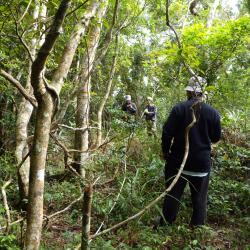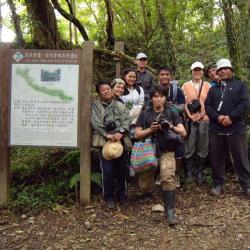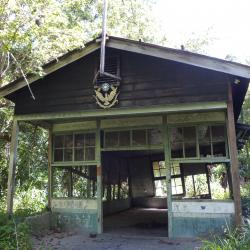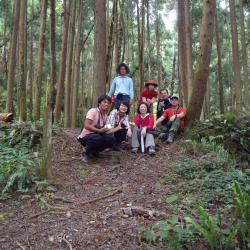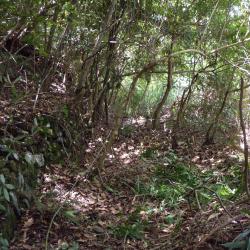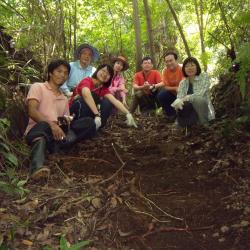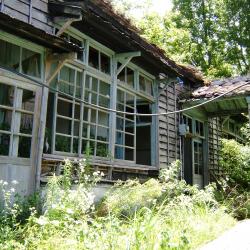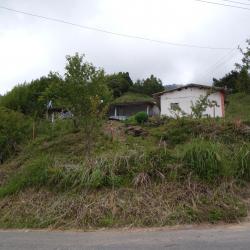The Gulibabaonuo Police Post is located on the southeastern edge of Dahan Mountain, at an altitude of about 750 meters. It was set up in 1917 and was an important checkpoint for the Jinshuiying trail that led to the southern linking road. It is about 1.3 km away from the Chushuipuo Police Post. Due to the Jinshuiying incident in 1914, the trail was unusable for several years. The Governor-General in Taiwan sent personnel to investigate the status of indigenous peoples and restored the trail. At the same time, established the Dashulin and Gulibabaonuo Police Posts. Later in 1926, the Gulibabaonuo Police Post was abolished and a new one was re-established in Chachayadun Hamlet in the south.
